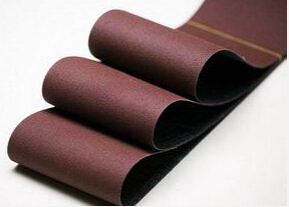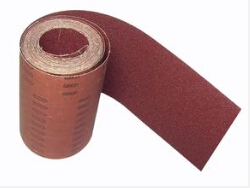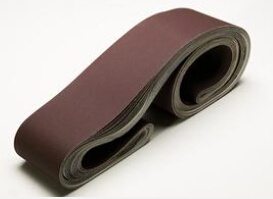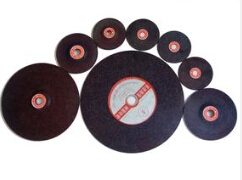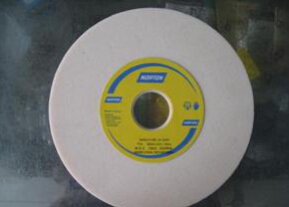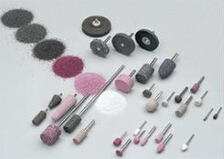Performance and Application of Dolomite in Refractory Industry
Zhongsen Editor 2019-08-08Physical properties
Dolomite is mostly white, gray, flesh-colored, colorless, green, brown, black, dark pink, etc., which is from transparent to translucent with glass luster. The aggregates are usually granular; the crystal structure is similar to calcite, which is often rhombohedron. Its mosh hardness is between 3 and 4; and its density is between 2.86 and 3.20g / cm3. Bubbles will be made with cold dilute hydrochloric acid; The dolomite of calcination can be divided into two stages: during 730 ~ 740 ° C in calcium magnesium, MgCO3 begins to decompose, producing MgO and CO2. When the temperature continues to rise to about 910 ° C, CaCO3 begins to decompose in the dolomite. At this point, all of the carbon dioxide is removed and a mixture of calcium oxide and magnesium oxide is formed.
Reserves and distribution
Dolomite is a non-metallic mineral with a wide range of uses, which is an important calcium and magnesium resource on the earth and has an extremely rich reserves. China is rich in dolomite , which is distributed in many areas. It has proven to be more than 4 billion tons. Dolomite resources are found in all provinces and regions of China, especially in Shanxi, Ningxia, Henan, Jilin, Qinghai and Guizhou.
Place of origin
China is rich in dolomite and is prolific in the Sinian rock formations, such as the Liaohe Group in the northeast, the Sanggan Group in Inner Mongolia, and the Jinyu Group in Fujian. Liaoning East Peninsula, the east past of Hebei, Inner Mongolia, Shanxi, Jiangsu, Hubei, Hunan, Guangxi, Guizhou and other places.
The application of dolomite
Dolomite is widely used in the fields of metallurgy, refractory materials, building materials, ceramics, glass, chemical, agriculture, forestry, environmental protection and energy conservation, which is a non-metallic mineral resource that can be developed and utilized in many ways. And with the development of modern science and technology, the development and application of dolomite has penetrated into various fields of social development and has become a mineral resource with great economic value.
1. Refractory
As one of the important raw materials of alkaline refractories, dolomite is mainly used for steelmaking converter lining, opening hearth furnace, electric furnace wall, and secondly for thermal equipment such as furnace refining equipment and cement kiln. Dolomite can be used to make dolomite bricks; when dolomite bricks are used as furnace lining, the method of spraying dolomite spray material can make the life of the furnace significantly longer
2. Magnesium industry
Dolomite with a raw material size of 30-120 mm is an important raw material for the production of metallic magnesium. The method of smelting magnesium from dolomite is mainly divided into two categories: electrolysis method and silicon thermal reduction method. The electrolytic process is complicated and difficult to obtain economic benefits, so small magnesium plants should not adopt this method; silicon thermal reduction method is to calcine after dolomite It is mixed with ferrosilicon and fluorite to form a ball. It is heated in a vacuum furnace at 1100 ° C to reduce magnesium vapor and other substances. The magnesium vapor is cooled and recovered and cast into a magnesium ingot.
3. Producing glass
Dolomite and limestone are the third largest components of glass raw materials except silica sand and soda. In the production of bottle glass, soda ash is the most expensive component. Adding limestone can partially replace soda ash, but it will have adverse effects, and the introduction of magnesium oxide in dolomite can further reduce the cost. Dolomite can also provide calcium oxide in the glass industry, adding a soda-grey-silice system to act as a flux. In addition, dolomite can reduce the aging of glass, prevent chemical erosion caused by the atmosphere or water, as well as improving the plasticity of colored glass and increasing the strength of glass.
4. Producing ceramics
Dolomite is used in the billet and glaze, and MgO and CaCO3 components are introduced to replace talc and calcite. The role of MgO is to change the composition of the mixing system, thereby reducing the firing temperature of the body; promoting the dissolution of quartz and the formation of mullite, increasing the amount of quartz, reducing the amount of feldspar, thereby increasing the transparency of the body. The addition of dolomite to the glaze is less prone to smoke than the addition of calcite, and crystallization is rare.
5. Producing coatings
Dolomite can produce new type of pigments. Its chemical composition is stable and its powder is fine, which is easy to disperse and enjoys high whiteness, low cost, unique process and many other advantages. It can be used for a variety of paints. The produced coating can reduce the amount of titanium dioxide, which is of high hardness and strong adhesion, and the application effect is better than that of heavy calcium carbonate

